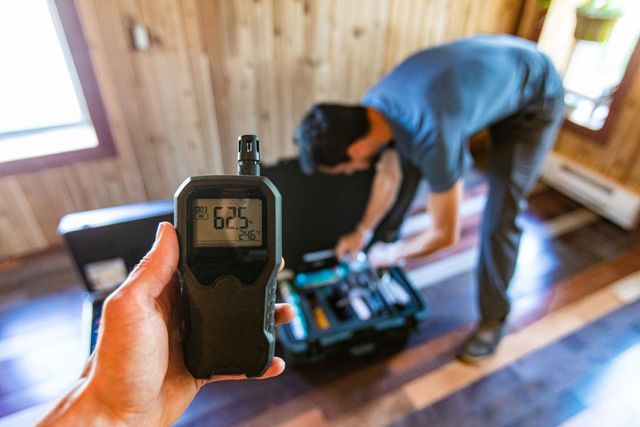Indoor air quality testing has become increasingly vital in creating environments that promote health, comfort, and well-being. This comprehensive guide explores the significance of air quality testing in enhancing indoor spaces, covering its applications, benefits, and answers to common questions.

Introduction to Indoor Air Quality Testing
Understanding Indoor Air Quality
Indoor air quality refers to the condition of the air within buildings and structures. It encompasses various factors such as the presence of pollutants, humidity levels, temperature, and ventilation. Poor indoor air quality can have adverse effects on occupants' health and comfort.
Importance of Air Quality Testing
Air quality testing is essential for assessing the levels of pollutants and contaminants present in indoor environments. By identifying potential hazards, testing helps in mitigating health risks, improving air quality, and creating healthier indoor spaces conducive to productivity and well-being.
Applications of Air Quality Testing
Residential Environments
In residential settings, air quality testing is crucial for identifying pollutants such as mold, dust mites, pollen, and volatile organic compounds (VOCs). Testing helps homeowners identify sources of pollution and take corrective measures to improve indoor air quality and create a healthier living environment for their families.
Commercial and Institutional Buildings
Air quality testing is equally important in commercial and institutional buildings, including offices, schools, hospitals, and public facilities. Testing ensures compliance with air quality regulations, promotes occupant health and productivity, and enhances the overall quality of indoor environments.
Industrial Facilities
Industrial facilities, such as manufacturing plants and warehouses, often conduct air quality testing to monitor exposure to hazardous chemicals, fumes, and particulate matter. Testing helps in maintaining safe working conditions, complying with occupational health and safety standards, and protecting workers' health.
Benefits of Air Quality Testing
Healthier Indoor Environment
By identifying and addressing indoor air pollutants, air quality testing contributes to creating a healthier indoor environment. Improved air quality reduces the risk of respiratory illnesses, allergies, asthma, and other health problems associated with poor indoor air quality.
Enhanced Comfort and Productivity
Better indoor air quality enhances occupant comfort, well-being, and productivity. Clean air promotes concentration, cognitive function, and overall satisfaction, leading to increased productivity and performance in both residential and commercial settings.
Energy Efficiency
Air quality testing also plays a role in optimizing energy efficiency by identifying opportunities to improve ventilation systems and HVAC performance. Addressing issues such as air leaks, inadequate ventilation, and inefficient filtration helps reduce energy consumption and operational costs.
Frequently Asked Questions (FAQs)
What pollutants are commonly found in indoor air?
Common indoor air pollutants include particulate matter (dust, pollen, mold spores), volatile organic compounds (VOCs), carbon monoxide, nitrogen dioxide, and tobacco smoke.
How often should air quality testing be performed?
The frequency of air quality testing depends on factors such as building occupancy, ventilation systems, proximity to pollution sources, and occupant health concerns. Testing may be conducted periodically or in response to specific issues or complaints.
Can air quality testing detect mold?
Yes, air quality testing can detect mold spores and other microbial contaminants present in the air. Testing methods include air sampling, surface swabs, and visual inspections.
What are the health effects of poor indoor air quality?
Poor indoor air quality can lead to a range of health effects, including respiratory problems, allergies, asthma exacerbations, headaches, fatigue, and other symptoms associated with sick building syndrome (SBS).
How can indoor air quality be improved?
Indoor air quality can be improved by implementing measures such as proper ventilation, air filtration, humidity control, source control (e.g., reducing emissions from indoor sources), and regular maintenance of HVAC systems.
Is air quality testing expensive?
The cost of air quality testing varies depending on factors such as the size of the building, the number of samples collected, the complexity of the analysis, and the testing methodology used. However, the benefits of testing often outweigh the costs in terms of health, comfort, and productivity.
In conclusion, air quality testing is a valuable tool for transforming indoor spaces into refreshing oases that promote health, comfort, and well-being. By embracing testing protocols and implementing proactive measures, we can create environments that nurture and support occupants' physical and mental health.








